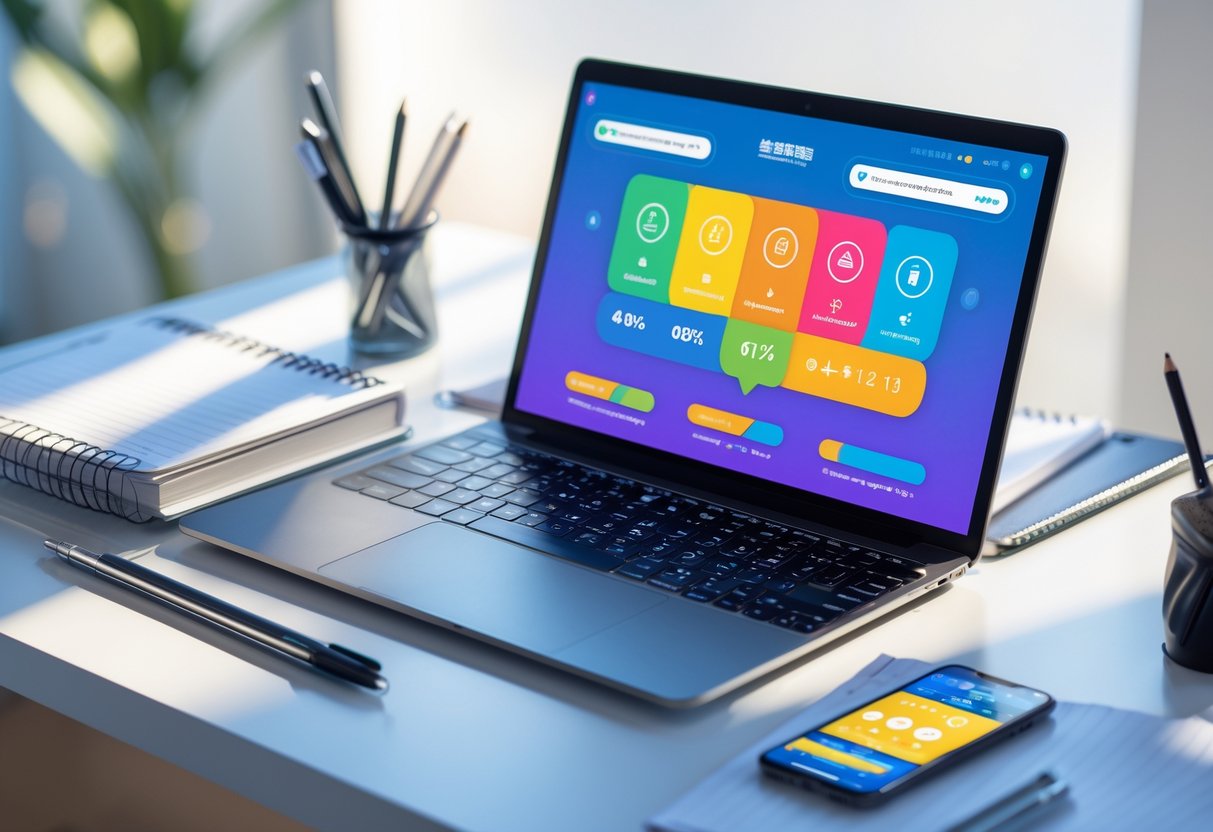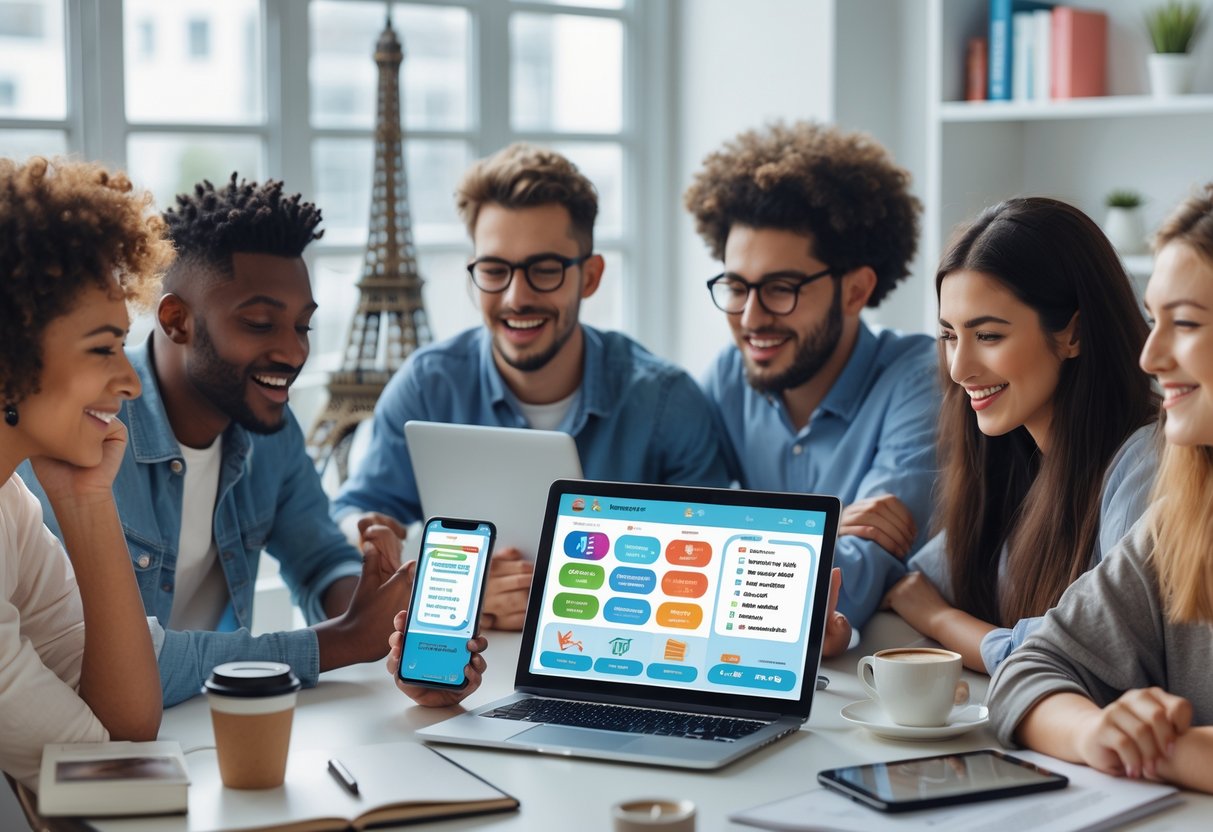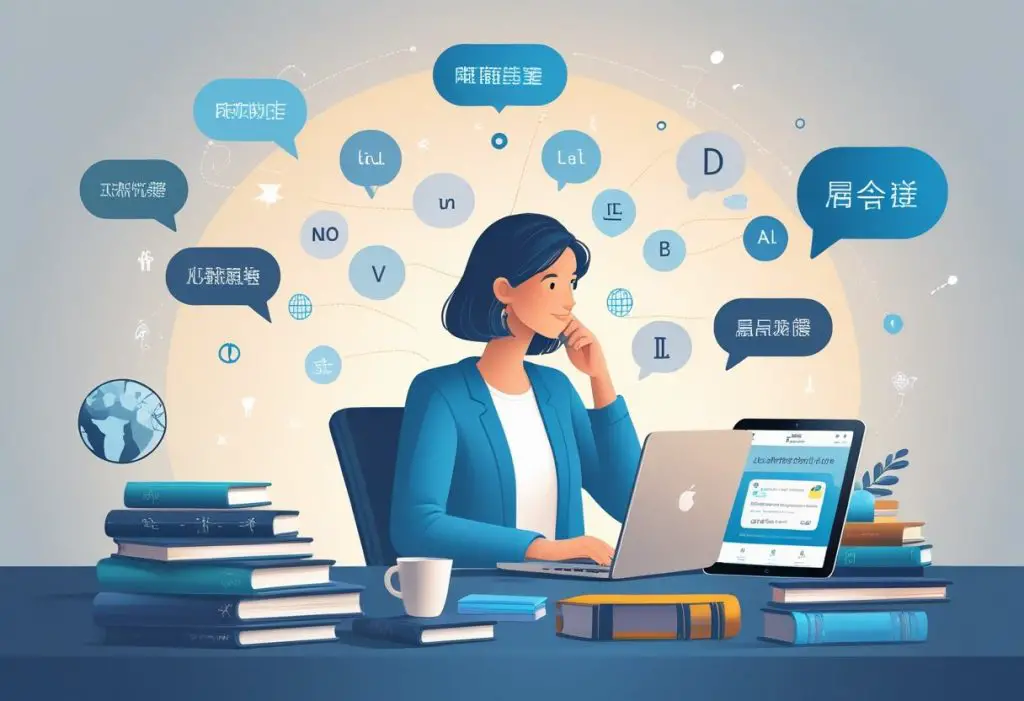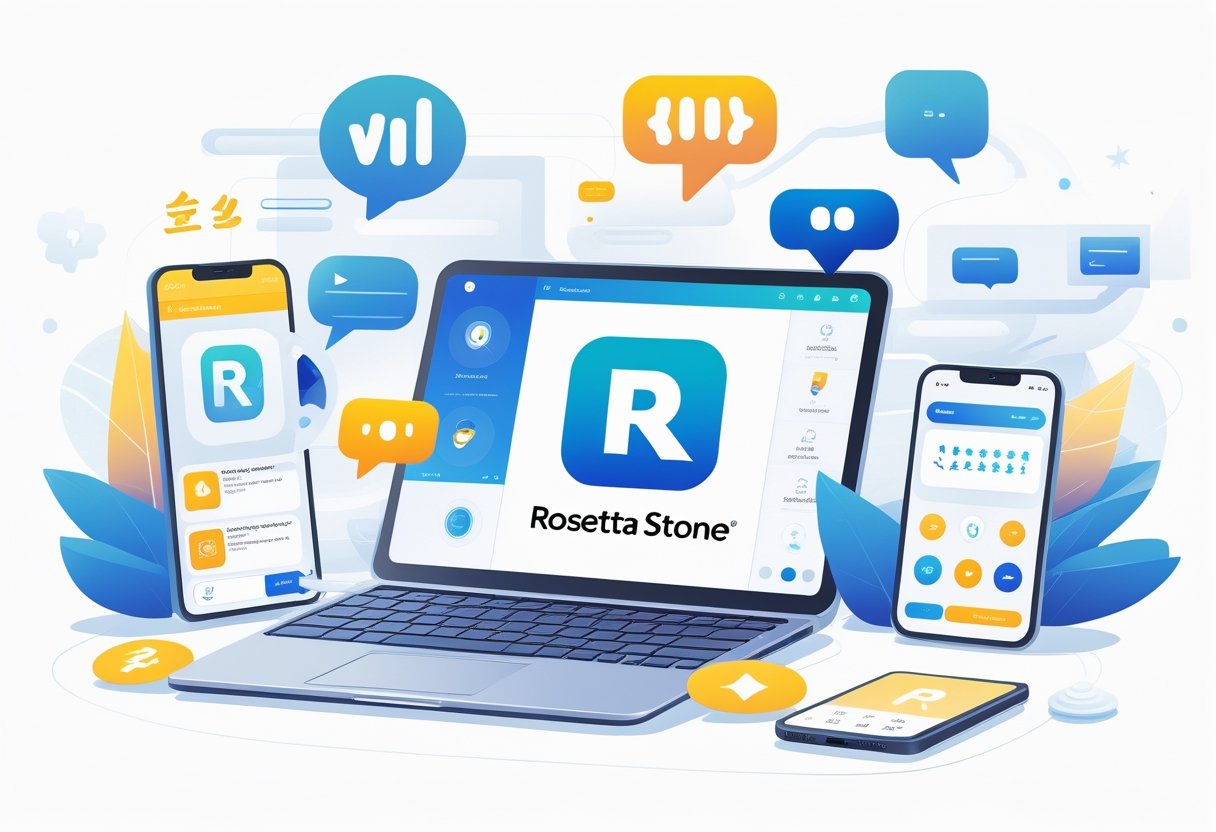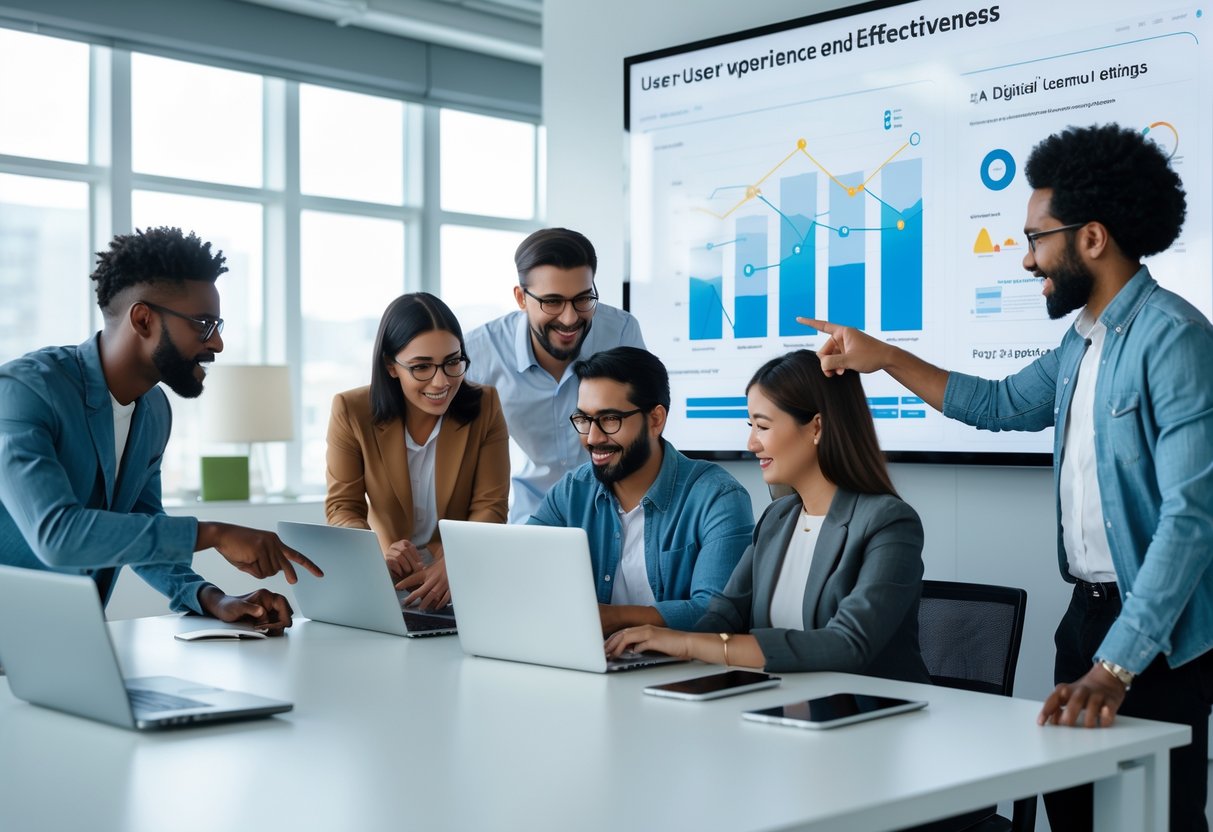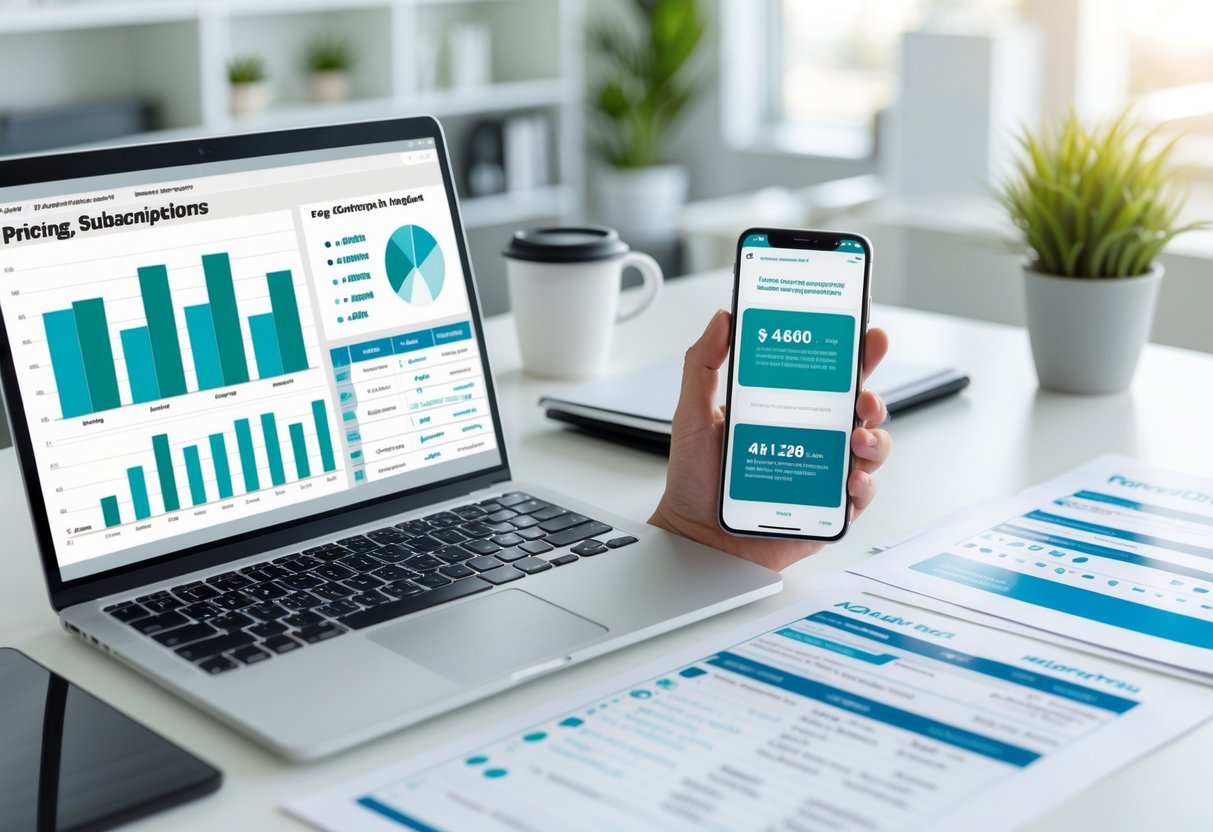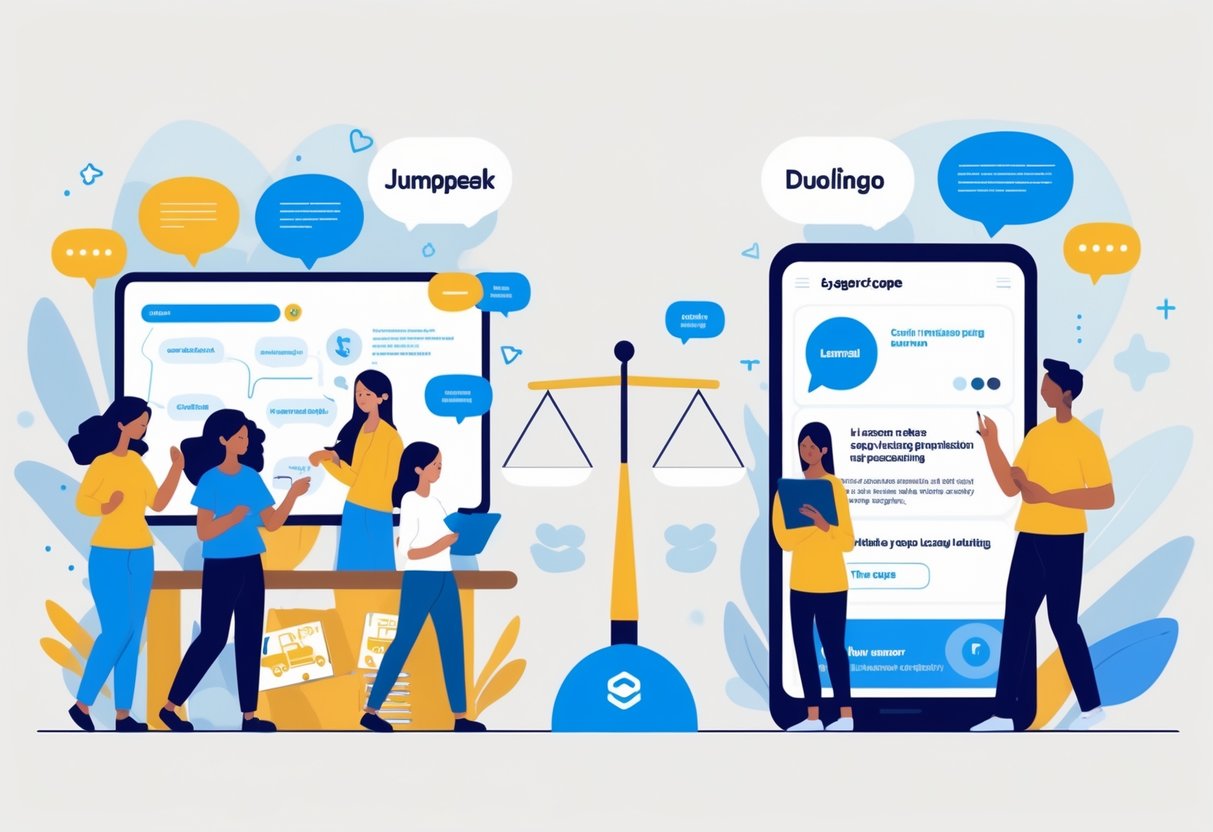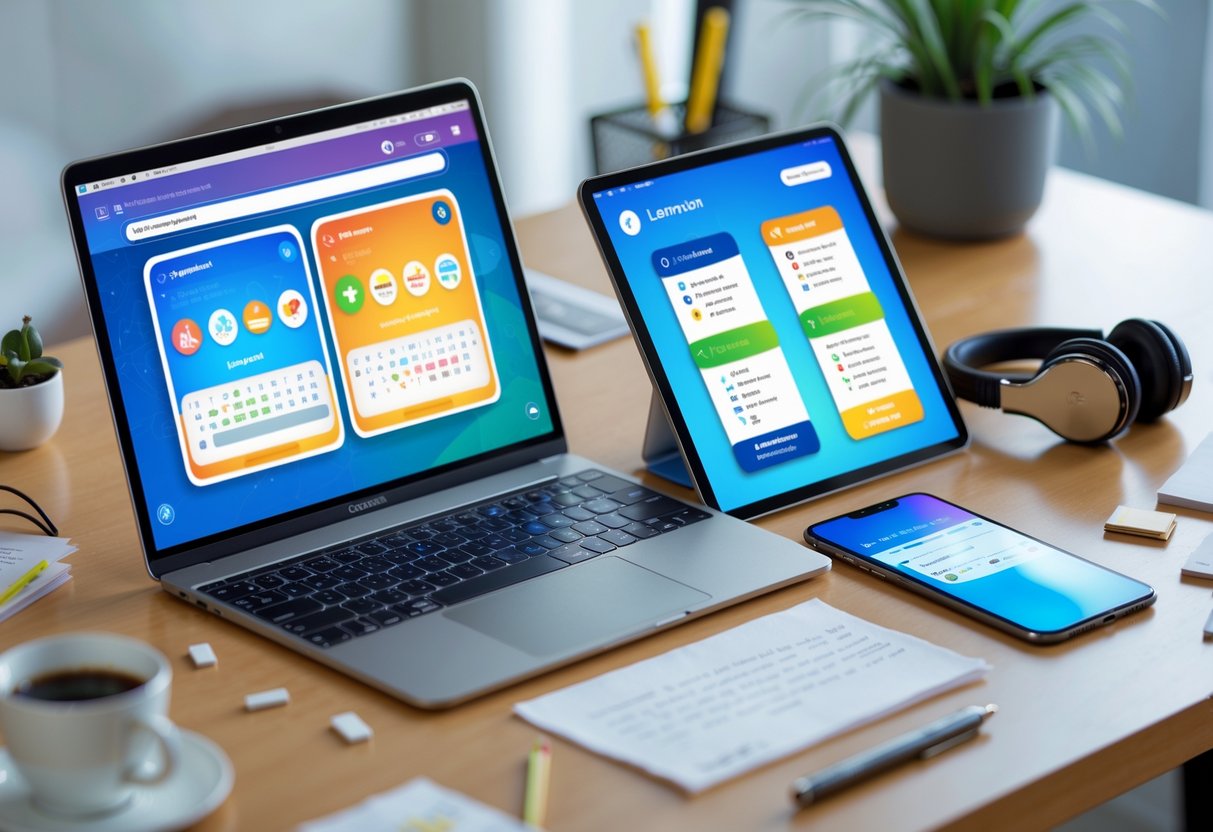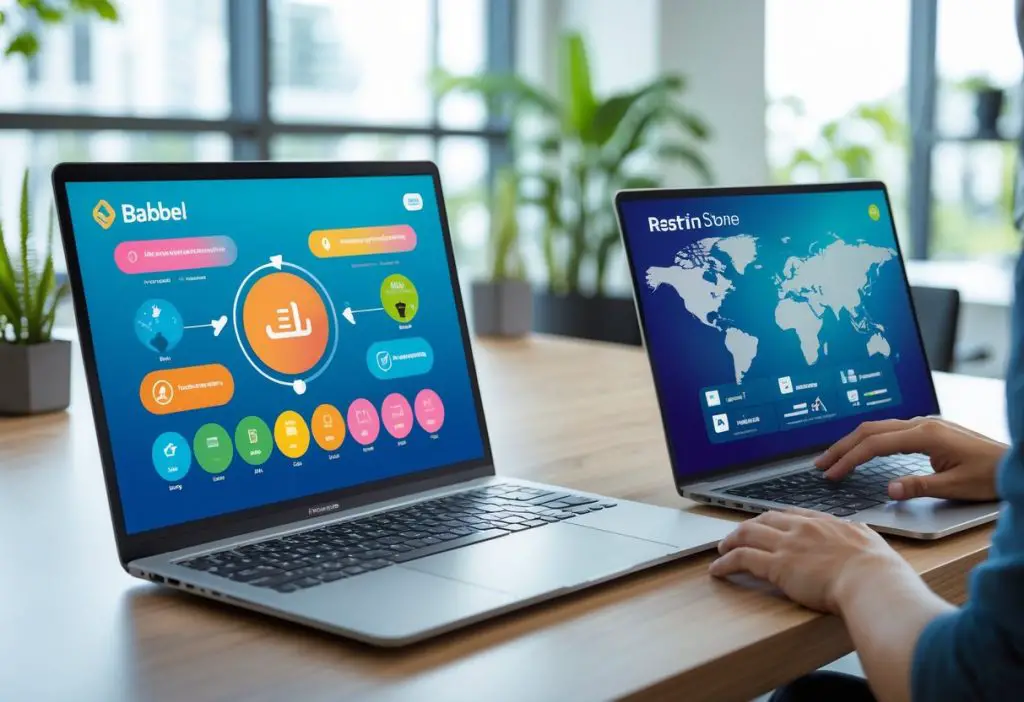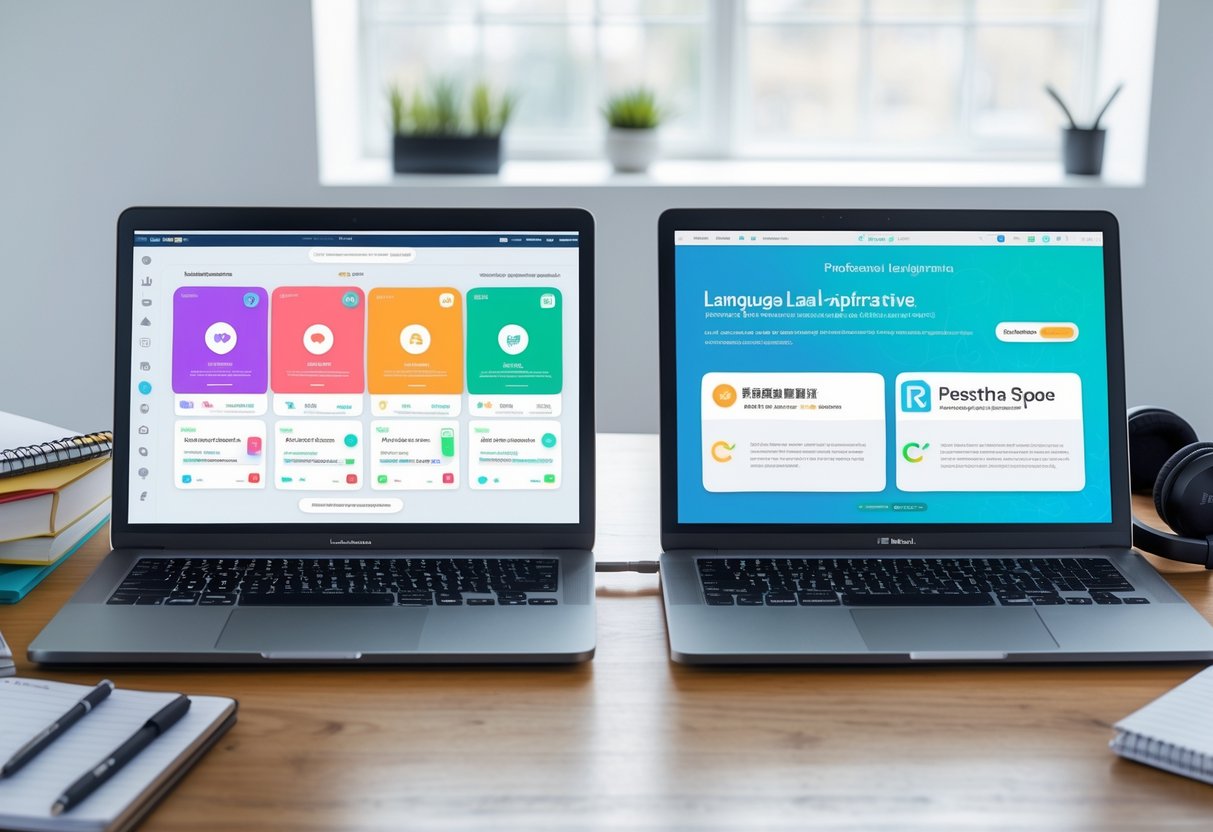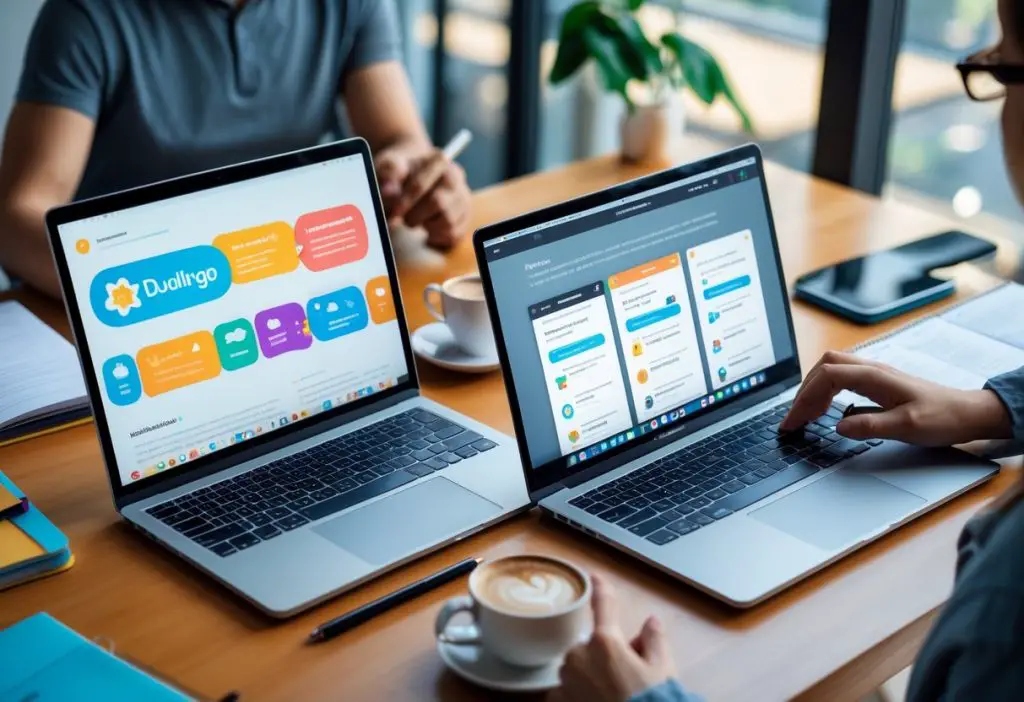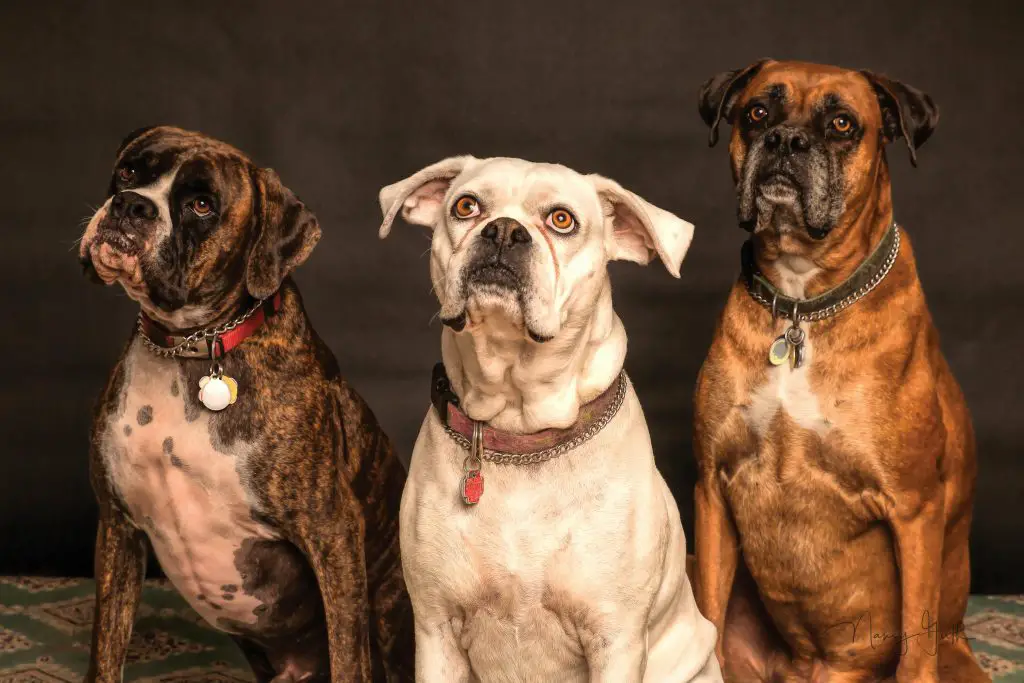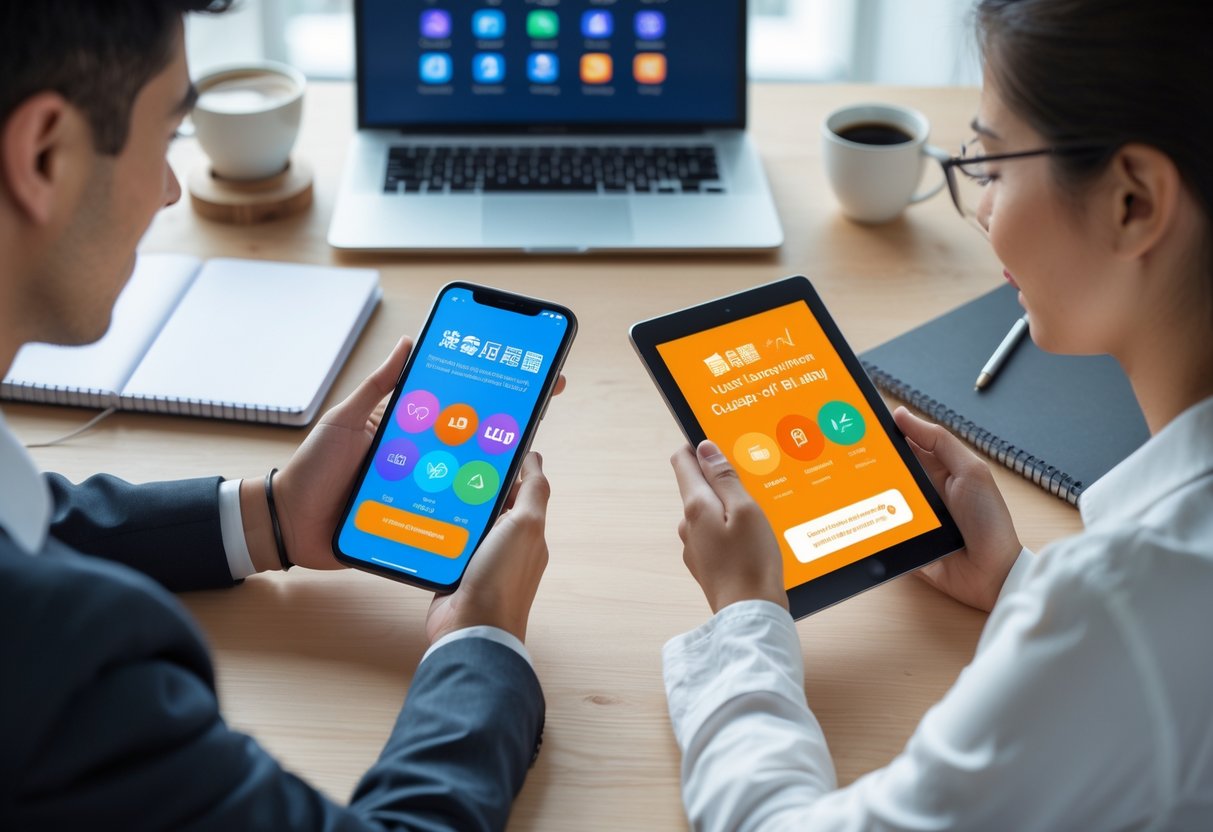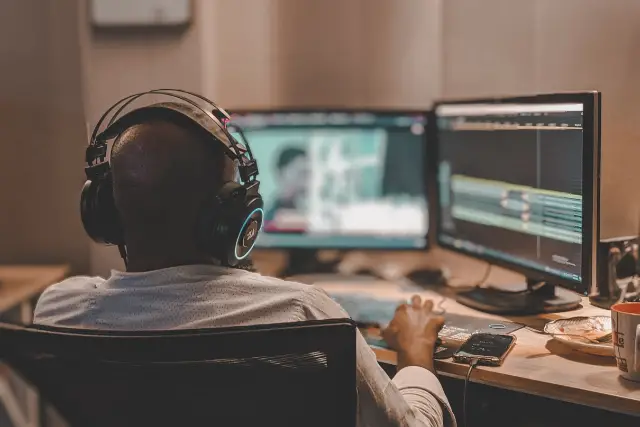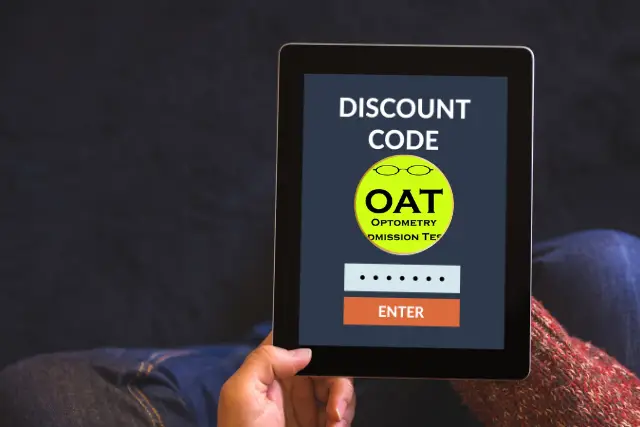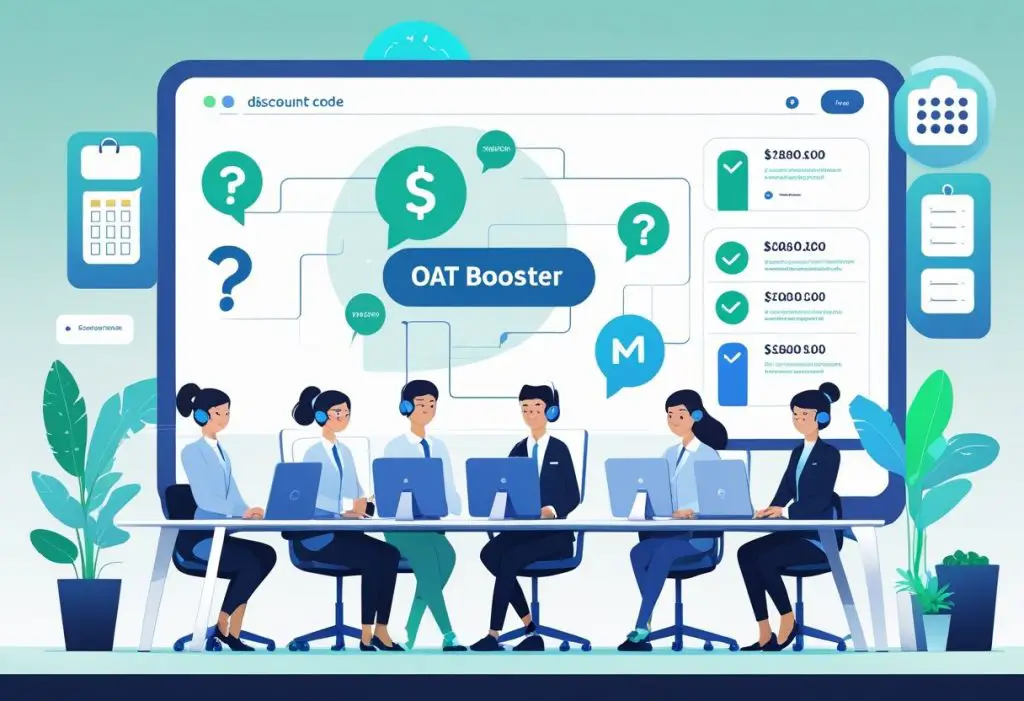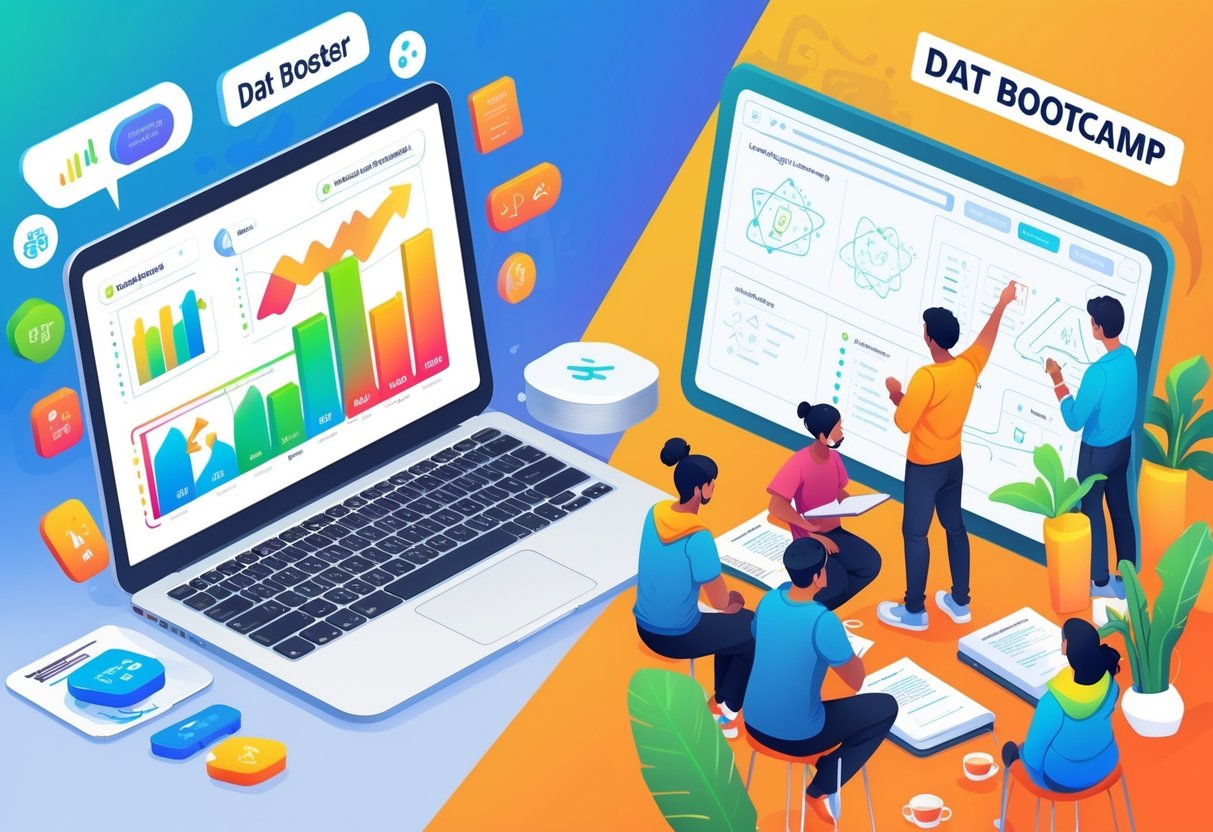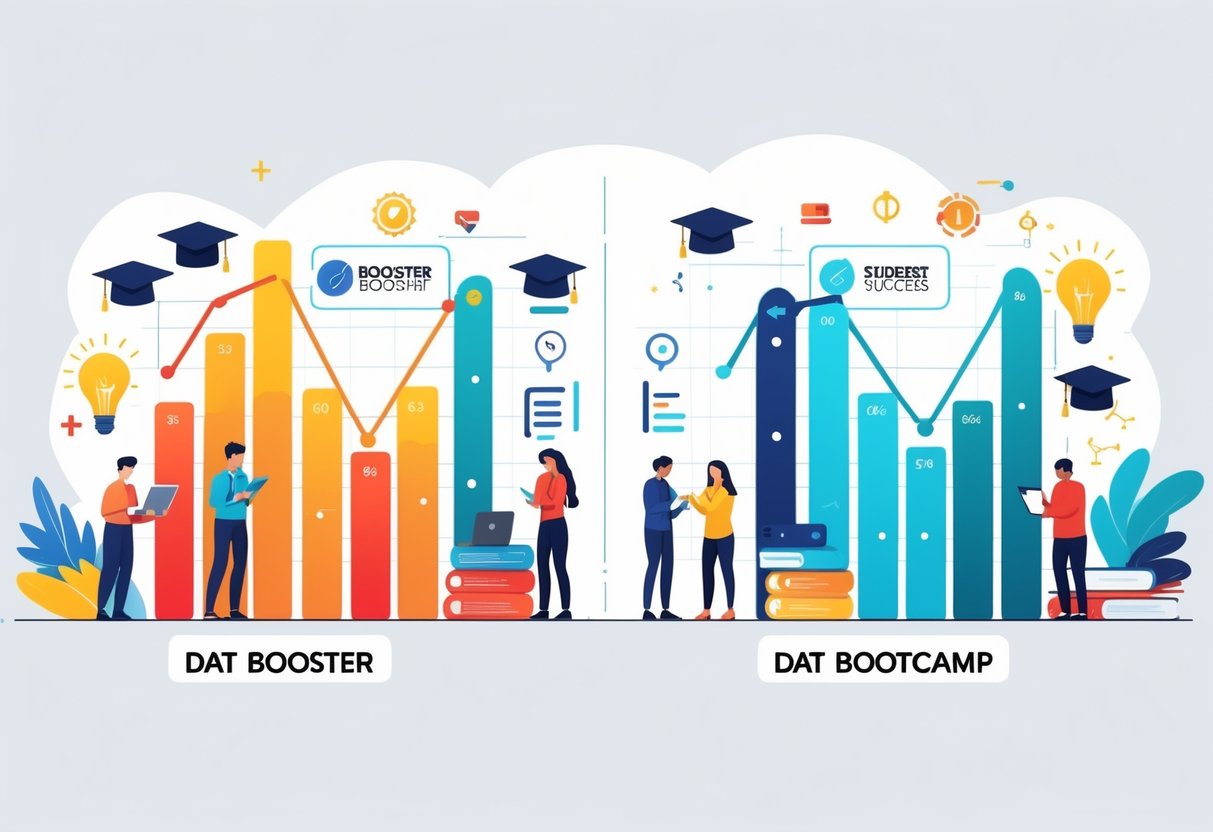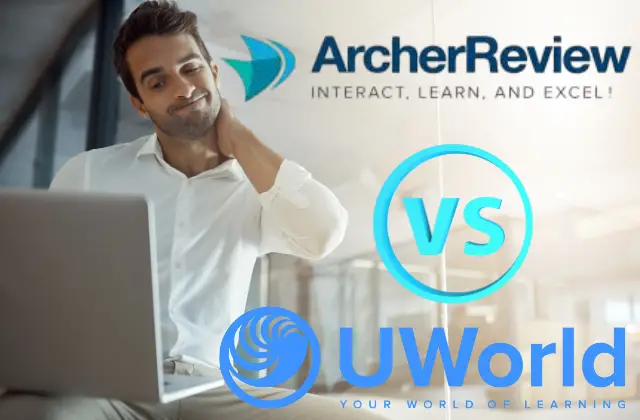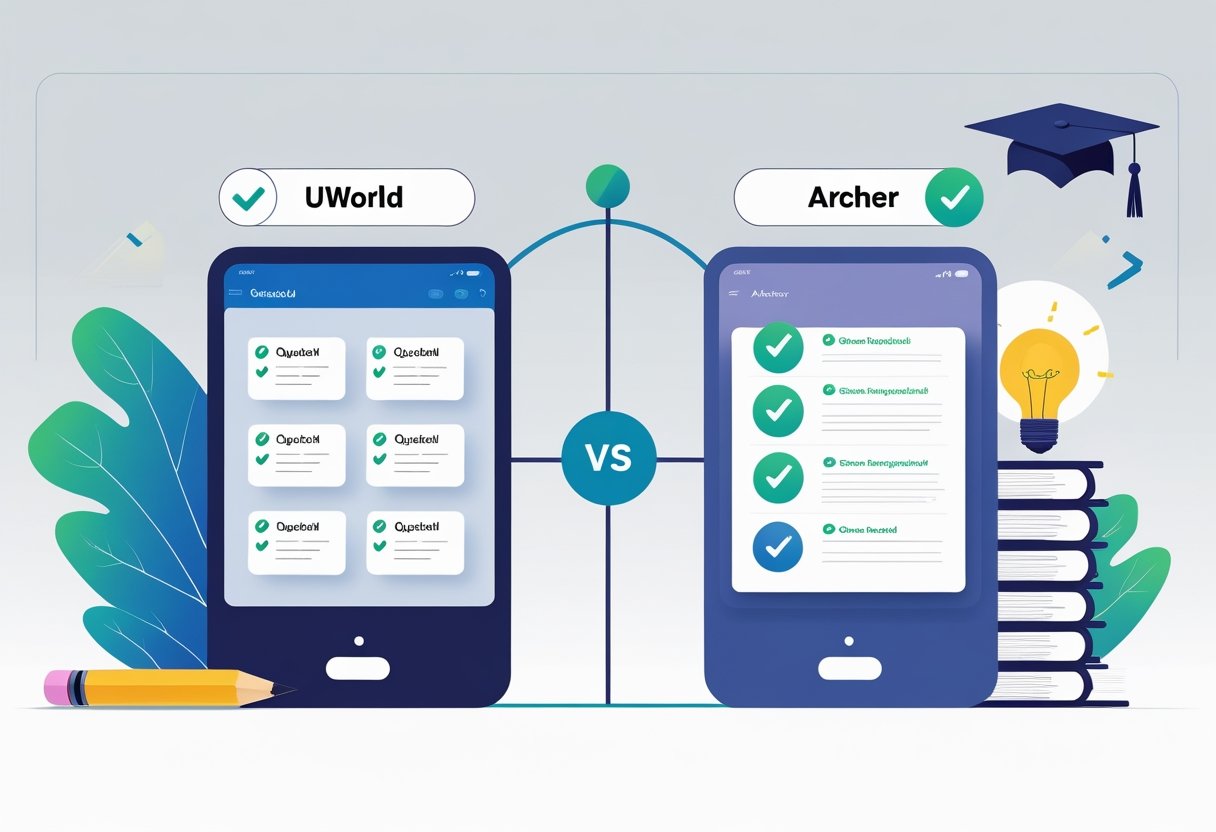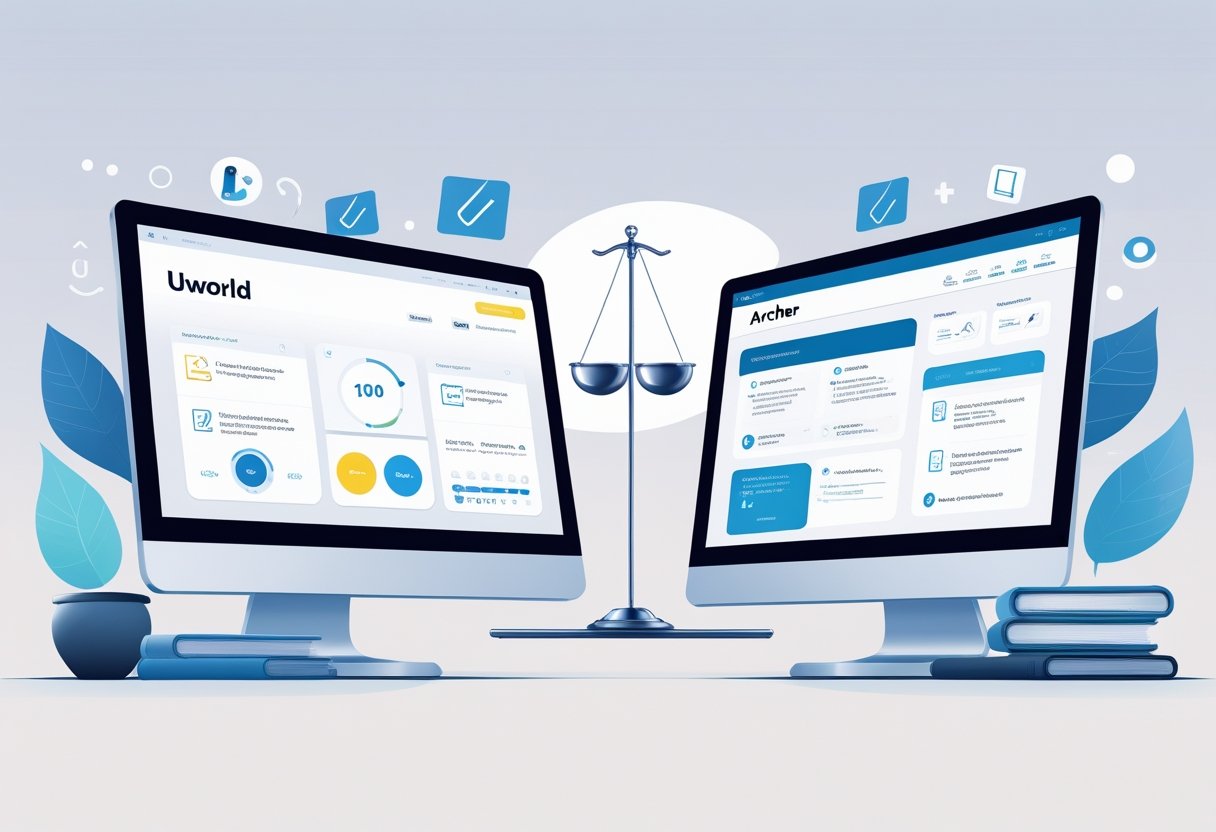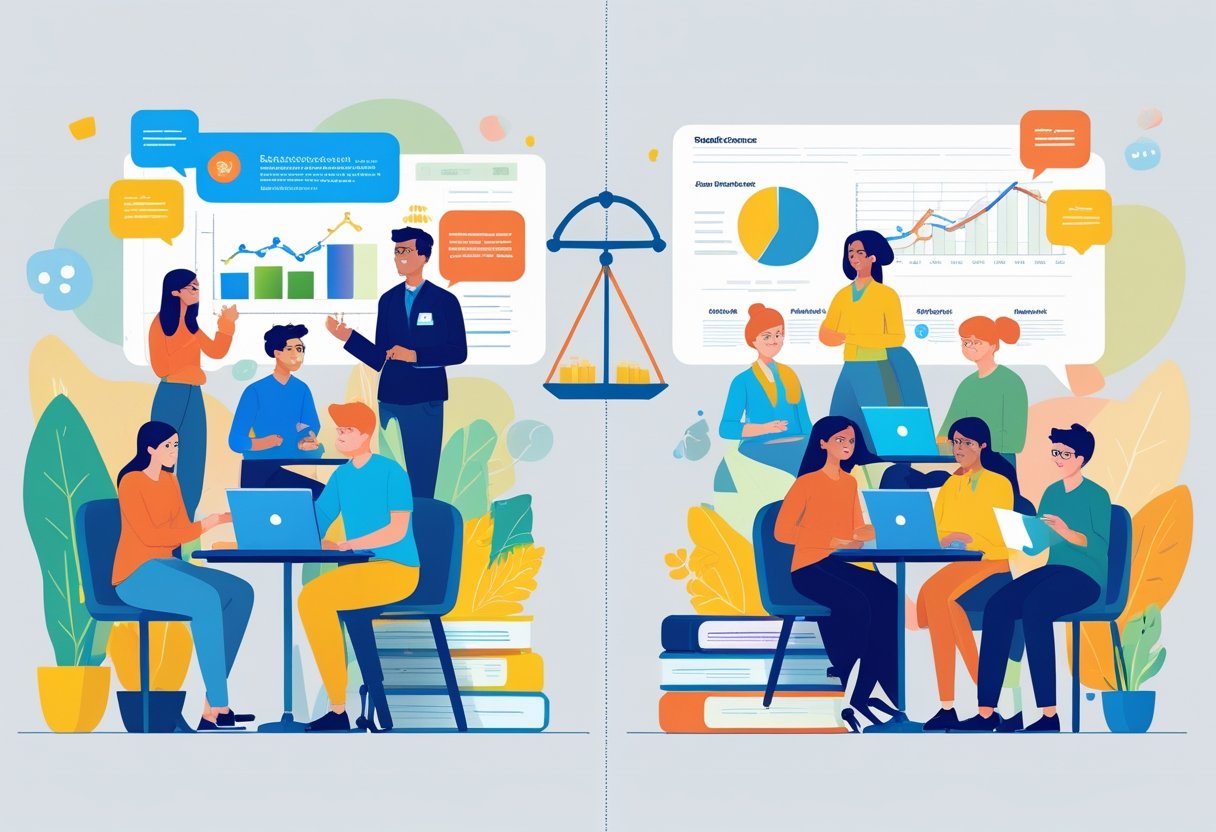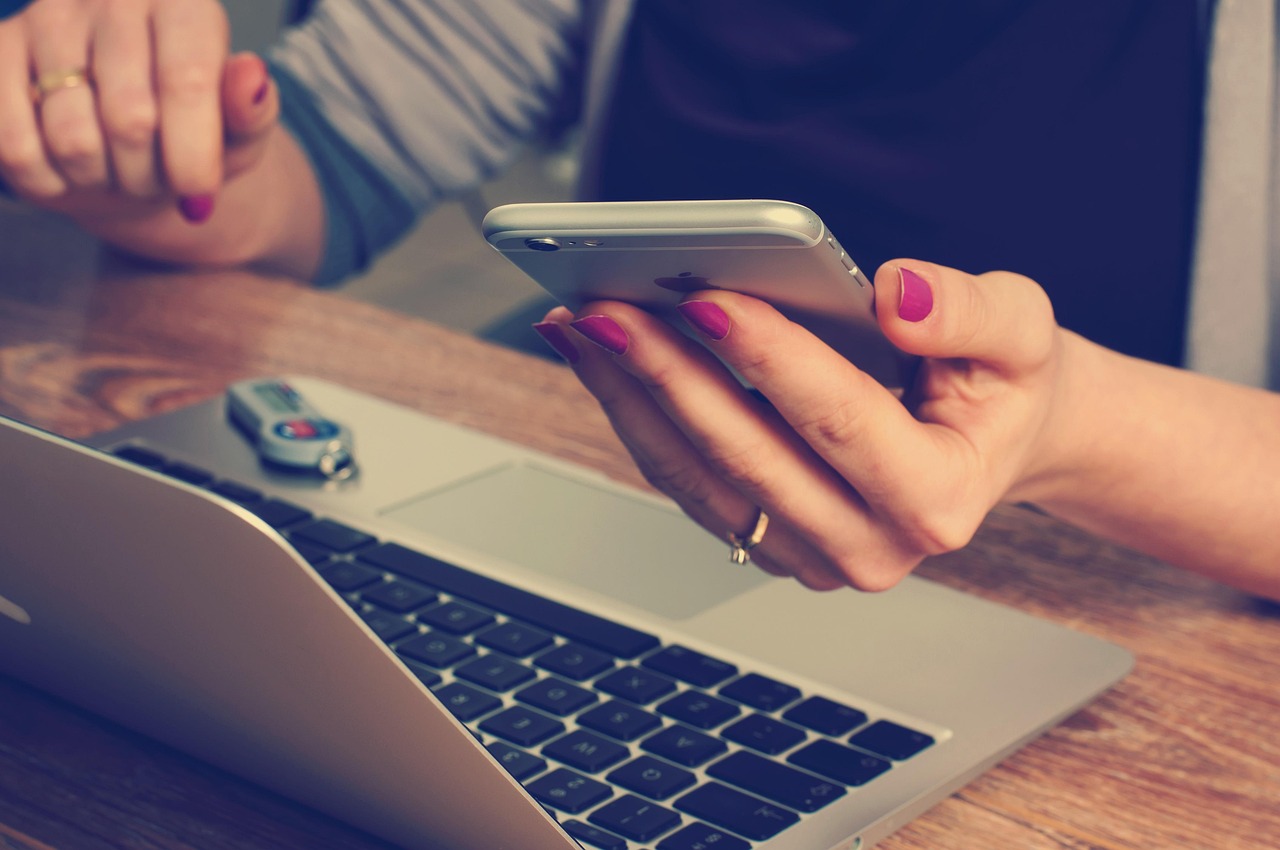How Many Units In Duolingo Spanish And What To Expect
Learning Spanish on Duolingo can feel like a big task, but knowing how the course is structured makes it easier to plan progress. The Duolingo Spanish course has 216 units, grouped into sections that move from basic phrases to advanced grammar. Each unit builds on the last, helping users grow their skills step by step.
Duolingo organizes its Spanish content into a clear path that keeps lessons short and focused. Every unit includes new vocabulary, grammar, and practice exercises that strengthen understanding. This setup helps learners stay consistent and track their improvement over time.
Key Takeaways
- The Duolingo Spanish course includes 216 units.
- Units progress from beginner to advanced levels in a structured path.
- Each unit focuses on vocabulary, grammar, and practice activities.
How Many Units in Duolingo Spanish?

The Duolingo Spanish course includes dozens of structured units grouped into sections that guide learners from beginner to advanced levels. The total number of units can vary slightly depending on updates, platform, and user progress.
Current Total Unit Count
As of 2025, the Duolingo Spanish course contains about 216 units divided across multiple sections. This total reflects the most recent version of the learning path, which replaced the older “tree” format.
Each unit focuses on a specific topic such as greetings, food, travel, or grammar. Units build in difficulty, introducing new vocabulary and grammar step by step.
Learners typically complete one unit at a time. Each unit includes several lessons, and finishing all the lessons in a unit earns a crown level. The total unit count may differ slightly between the mobile app and web version, but the difference is usually small.
The following table shows a simplified breakdown:
| Level Range | Approx. Units | Focus Area |
|---|---|---|
| Beginner | 60–70 | Basic phrases, verbs, gender |
| Intermediate | 80–90 | Past tense, travel, family |
| Advanced | 50–60 | Subjunctive, idioms, complex grammar |
Recent Updates to Unit Structure
Duolingo redesigned its Spanish course structure in 2022 and continued refining it through 2025. The major change was the move from the skill tree to the learning path, which organizes content into a clear sequence of units.
This update standardized lessons, added checkpoints, and improved transitions between grammar concepts. It also adjusted the total number of units to make progress more consistent.
New units now combine reading, listening, and speaking exercises in one flow. The update also introduced story units that appear every few sections to reinforce comprehension.
Because of these changes, users who joined before 2022 may see a different layout or unit count compared to new learners. Duolingo continues to adjust the structure based on user feedback and data performance.
Unit Distribution Across Sections
The 216 units are grouped into sections that represent different learning stages. Each section covers specific grammar goals and vocabulary sets.
- Section 1–3: Basic introductions, common verbs, and sentence structure
- Section 4–6: Descriptions, family, and past tense forms
- Section 7–9: Advanced grammar, subjunctive mood, and complex reading tasks
Each section typically includes between 20 and 30 units. The number may vary slightly as Duolingo tests new lesson formats.
Learners can track their progress through checkpoints placed after each section. These checkpoints help confirm mastery before moving forward. The structure aims to balance review and new material, ensuring steady progress through the Spanish course.
Duolingo Spanish Course Structure
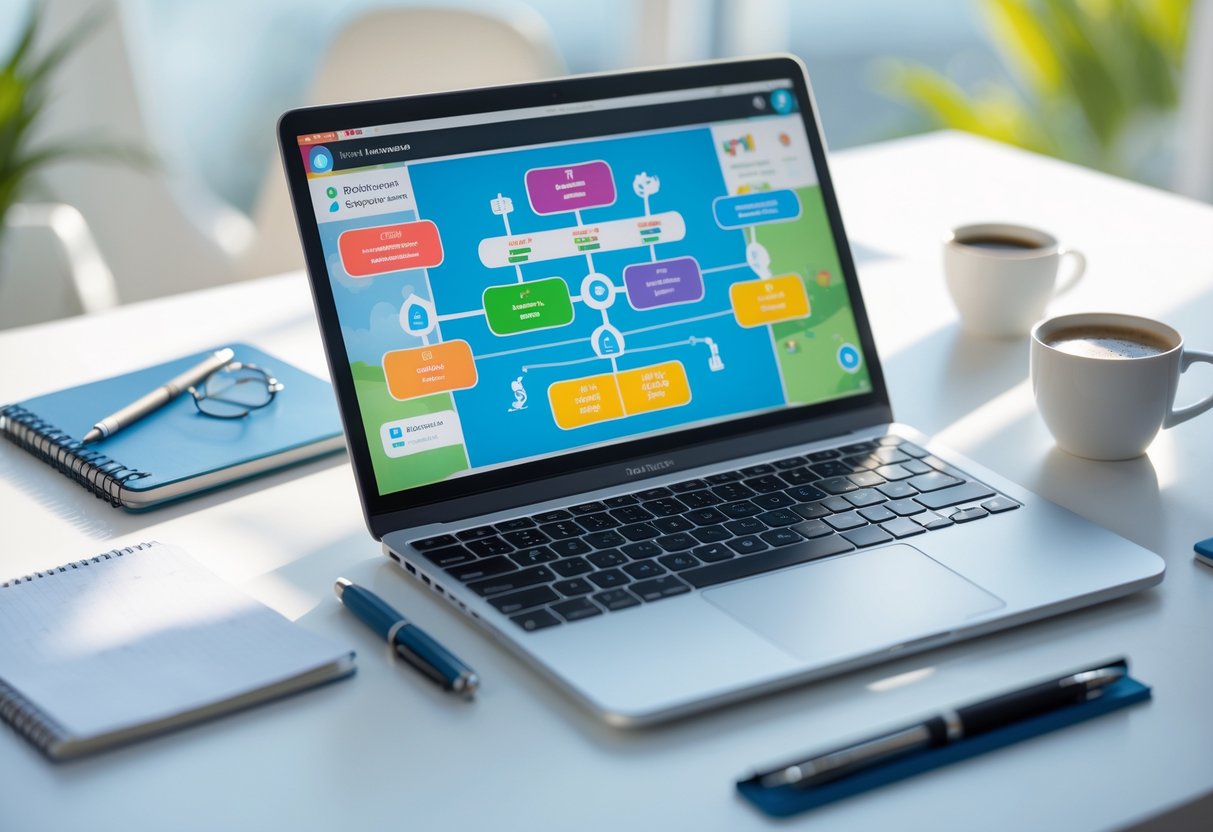
The Duolingo Spanish course follows a structured design that helps learners build vocabulary, grammar, and listening skills step by step. It organizes material by topics and proficiency levels that align with the CEFR (Common European Framework of Reference for Languages).
Sections and Their Themes
The course divides learning into sections, each focusing on a specific language theme. Early sections teach basic greetings, common verbs, and everyday nouns. Later ones cover travel, work, culture, and more complex grammar.
Each section contains multiple units, which group lessons by topic. For example, one unit may focus on food vocabulary, while another introduces past tense verbs.
The structure allows learners to move from simple to more detailed content without skipping essential grammar. Duolingo updates these sections regularly to match current teaching standards.
Below shows a simplified view of how themes progress:
| Section | Example Topics | Focus Area |
|---|---|---|
| 1–3 | Basics, Phrases, Food | Vocabulary and simple grammar |
| 4–6 | Family, Travel, Shopping | Everyday conversation |
| 7–9 | Work, Health, Culture | Intermediate grammar |
| 10+ | News, History, Literature | Advanced comprehension |
Progression from Beginner to Advanced
Duolingo uses a path-based course structure that moves learners from A1 (beginner) to B2 (upper-intermediate) on the CEFR scale. This range allows users to reach a conversational level in Spanish.
Progress happens gradually. Each section introduces new sentence patterns and grammar rules while reviewing older material. Learners earn crowns and complete checkpoints to unlock higher sections.
At the advanced stages, lessons include listening exercises, translation tasks, and speaking practice through speech recognition. These help strengthen fluency and comprehension.
The adaptive design means users can repeat lessons to improve accuracy. Duolingo tracks performance and adjusts difficulty based on mistakes and speed.
Lesson and Level Breakdown
Each unit contains several lessons, and every lesson has five levels. Levels increase in difficulty by adding longer sentences, new verb tenses, and faster audio.
A typical lesson includes short exercises such as:
- Matching words to images
- Translating sentences
- Listening and typing what is heard
- Speaking aloud for pronunciation checks
Completing all levels in a unit earns a crown, showing mastery of that topic. Learners can choose to advance quickly or strengthen earlier lessons for better retention.
This system helps learners measure progress clearly while keeping practice short and manageable.
What Each Unit Covers in Duolingo Spanish

Each unit in Duolingo Spanish builds specific language skills through short, focused lessons. Learners practice vocabulary, grammar, and pronunciation while earning points and leveling up through interactive exercises.
Vocabulary and Grammar Focus
Each unit introduces a set of new words grouped by topic, such as family, travel, or food. Learners review these words through matching, translation, and fill-in-the-blank tasks.
Grammar lessons teach sentence structure, verb conjugations, and gender agreement. For example, early units explain how to use ser and estar or how to form plural nouns.
Duolingo uses spaced repetition, a technique to help learners learn fast and remember vocabulary over time. Grammar rules appear in context, helping learners understand how words change depending on tense or subject.
A simple table might show progression:
| Unit Range | Focus Area | Example Topics |
|---|---|---|
| 1–5 | Basic grammar and nouns | Greetings, colors |
| 6–10 | Verbs and adjectives | Daily activities |
| 11–20 | Complex sentences | Past tense, opinions |
Speaking and Listening Exercises
Speaking and listening tasks train pronunciation and comprehension. Learners repeat phrases into their device’s microphone and receive instant feedback on accuracy.
Listening activities range from identifying spoken words to translating full sentences. The app uses native speaker audio, which helps learners hear natural intonation and rhythm.
Short listening clips test recognition of similar-sounding words, improving attention to detail. Speaking challenges encourage learners to form complete sentences instead of single words.
These exercises develop practical skills needed for real conversations. Each unit increases difficulty by adding faster speech and longer sentences.
Gamification and Learning Features
Duolingo’s gamification elements motivate consistent practice. Learners earn XP points, maintain streaks, and collect crowns for completing lessons.
The hearts system limits mistakes, encouraging careful learning. Daily goals and leaderboards create friendly competition.
Units unlock gradually, giving a clear sense of progress. The app also uses reminders and progress bars to track improvement.
Gamified rewards make repetition more engaging, turning language learning into a daily habit rather than a chore. These features help learners stay committed while improving vocabulary, grammar, speaking, and listening skills.
Frequently Asked Questions
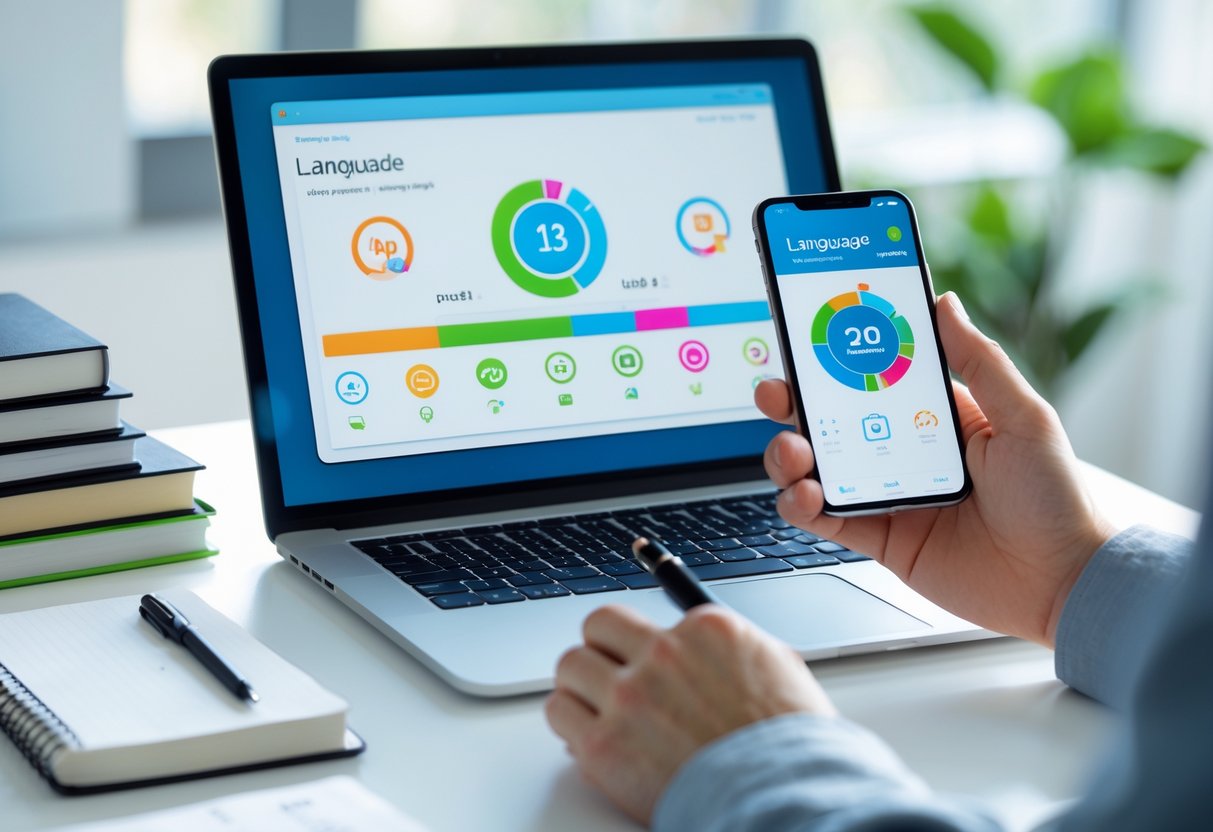
The Duolingo Spanish course includes multiple units with structured lessons that move from basic grammar to advanced conversation. Learners can track progress through levels, complete timed lessons, and take placement tests to skip material they already know.
What is the total number of lessons in the Duolingo Spanish course?
The Spanish course on Duolingo contains over 200 units with more than 1,000 individual lessons. The exact number may change as Duolingo updates its content or adds new material.
How many levels are there in each unit of the Spanish program on Duolingo?
Each unit usually includes five levels, starting with easier exercises and increasing in difficulty. Completing all levels in a unit unlocks the next one.
Can you estimate the time commitment required to complete the Spanish course on Duolingo?
Most learners spend 5 to 15 minutes per lesson. Finishing the full course can take 200 to 300 hours, depending on how often a person practices and their prior knowledge of Spanish.
Are there any advanced units available in the Duolingo Spanish course for fluent speakers?
Yes. The later units include advanced grammar, idioms, and complex sentence structures. These units help fluent or near-fluent speakers strengthen accuracy and expand vocabulary.
What is the structure of Duolingo’s Spanish course in terms of progressing from beginner to advanced?
The course starts with basic words and phrases, then moves to verbs, tenses, and sentence formation. Higher units focus on conversation, reading comprehension, and cultural topics.
Does Duolingo offer a placement test to determine how many units you should skip in the Spanish course?
Yes. Duolingo provides a placement test that assesses a learner’s current Spanish level. Based on the results, it places them at the right point in the course and skips the earlier units they already know.
How Many Units In Duolingo Spanish And What To Expect Read More »



